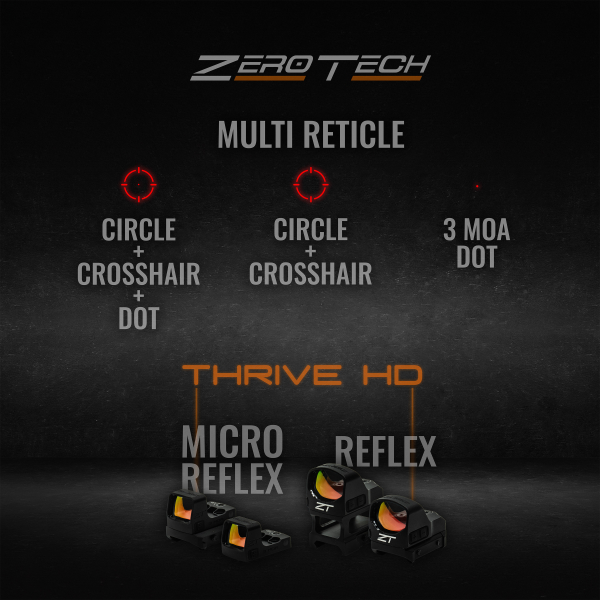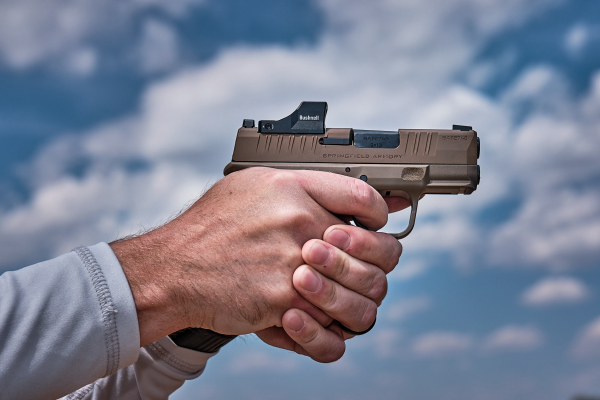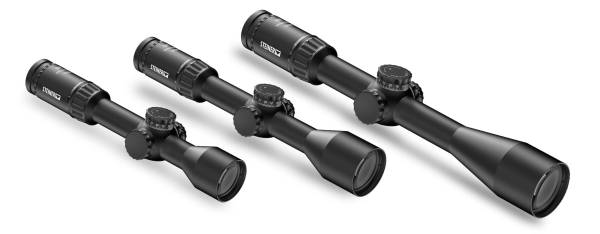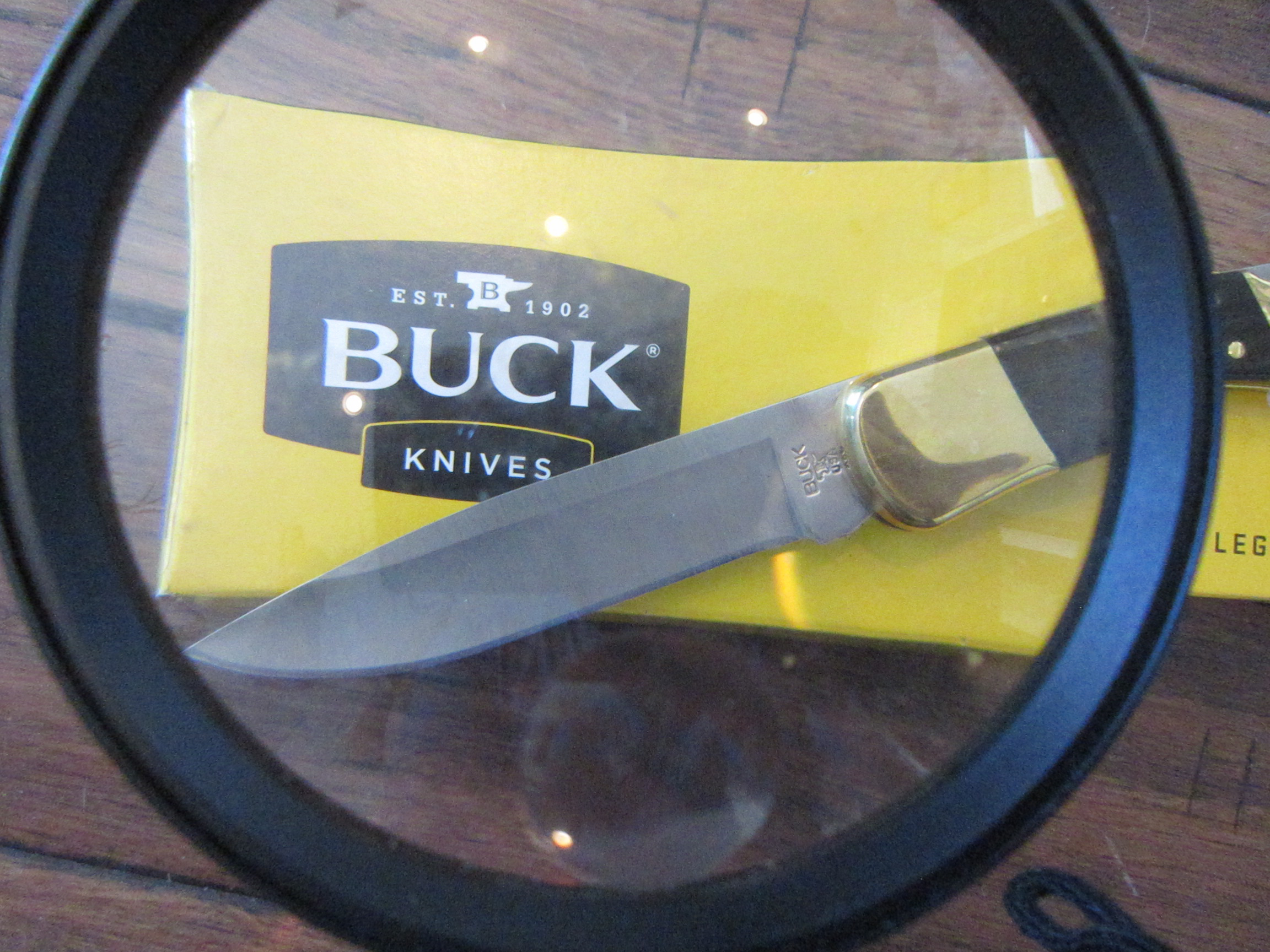Choosing a Michigan Deer Hunting Optic
By Glen Wunderlich
Choosing a deer hunting rifle scope can be a daunting proposition. To simplify matters, let’s begin with some basics designed to determine what’s best for the task of a typical Michigan hunt. For purposes of clarity, the focus will be on magnifying optics, rather than crude iron sights or red dots, although both of the latter can be effective under the proper conditions.
As we age, our eyesight demands better optics. Younger people have the advantage of possessing larger pupils – the black circle in the middle of the eye that lets light in through an optic nerve to the brain. However, at the age of 60, light gathering is a bit more than half as much as that of a 30 year-old; by age 70 it’s less than half. And, when we think of prime-time deer hunting – when deer are most active – it occurs when light is less than optimal. This is when the decision to get a bargain at the local Cheap Mart may prove to have the costly unintended consequence of being out of business early.
A big objective lens – the lens at the forward end of a scope – can really help a youngster who’s able to use the available light it affords. But, the old-timer’s light gathering ability is limited by his smaller pupil and thereby gains no advantage. His money is spent more wisely on better glass and coatings.
Often overlooked disadvantages of large objective lenses include the sheer size and weight, plus the center of the reticle requires higher mounting, which in turn becomes problematic for several reasons.
First, having a scope mounted higher will cause the shooter’s cheek to be uncomfortably higher on the comb of the gun. This may seem relatively inconsequential, but if positioning is unnatural, it can be harder to get aligned. Secondly, a high line of sight relative to the bore can mean accuracy issues, when a shot is taken at distances unequal to that for which the firearm was sighted in.
Target scopes with parallax adjusting capabilities and fine crosshairs may allow a shooter to show off when punching paper at the range; however, a deer hunter’s needs are different. Low light can mean those fine crosshairs will not be visible, when heavier crosshairs will still be effective afield. One may not be able to shoot the wings off flies, but deer hunting is the task at hand and the proper optic will pay dividends when the chips are down.
Higher magnification may seem to make sense, but it too can be problematic – especially when a close-up opportunity is presented; compromising field of view can mean lost game. It’s a common problem and completely avoidable with the proper equipment. If we understand a critical rule of safe gun handling, then we know not to use a firearm’s optic to identify a target. That’s the purpose of binoculars!
A hunting scope with lower magnification and superior glass is better suited for Michigan’s whitetail deer. Good glass can be a fair trade-off for complicated features that can hinder effectiveness afield. Simplicity has its rewards.







